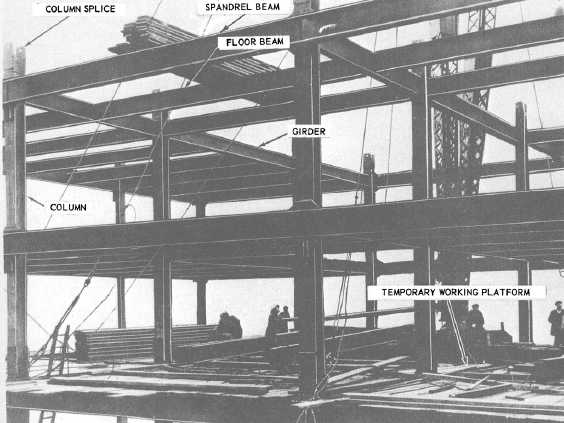Figure 1-38.—Structural steel skeleton construction.
inches, apply to the side of the square or the diameter
of the round.
STEEL FRAME STRUCTURES
The construction of a framework of structural
steel involves two principal operations: fabrication
and erection. Fabrication involves the processing of
raw materials to form the finished members of the
structure. Erection includes all rigging, hoisting, or
lifting of members to their proper places in the
structure and making the finished connections
between members.
A wide variety of structures are erected using
structural steel. Basically, they can be listed as
buildings, bridges, and towers; most other structures
are modifications of these three.
Buildings
There are three basic types of steel construction.
These
may
be
designated
as
wall-bearing
construction, skeleton construction, and long-
span construction.
In wall-bearing construction, exterior and
interior masonry walls are used to support structural
members, such as steel beams and joists, which carry
the floors and roof. It should be noted that while this
section of your TRAMAN discusses steel structures,
wall-bearing construction is applicable to nonsteel
structures as well. Wall-bearing construction is one of
the oldest and most common methods in use.
Although modern developments in reinforced
concrete masonry make the use of this method
feasible for high-rise structures, wall-bearing
construction is normally restricted to relatively low
structures, such as residences and light industrial
buildings.
A tall building with a steel frame, such as shown
in figure 1-38, is an example of skeleton construction.
In this type of construction, all live and dead loads
are carried by the structural-frame skeleton. For this
reason, the exterior walls are nonbearing curtain
walls. Roof and floor loads are transmitted to beams
and girders,
1-19

